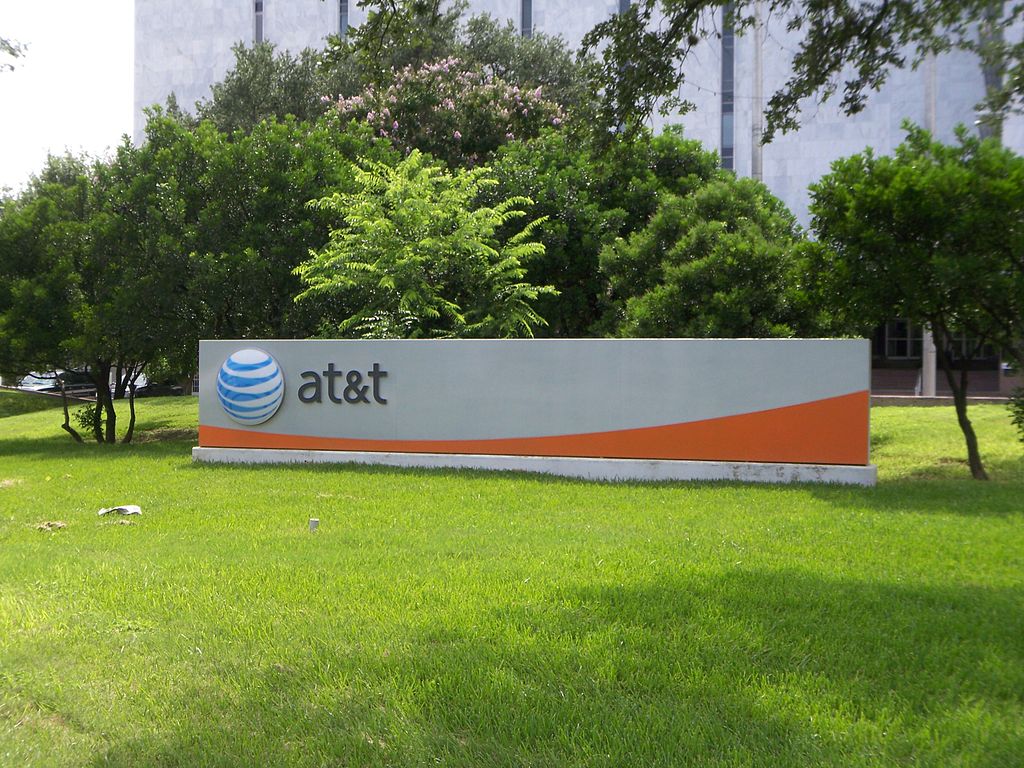From pv magazine USA
As part of the company’s ongoing efforts to achieve carbon neutrality, AT&T has signed the largest corporate solar deal known to pv magazine: a 500 MW power purchase agreement for the electricity generated by Invenergy’s new Samson Solar Energy Center in Texas.
The project is set to clock in at roughly 1.3 GW upon completion, which is expected to happen sometime in 2023. When that happens, the Samson Solar Energy Center will be the largest solar installation in the country and among the largest in the world. The rest of the project’s capacity is also contracted under similar corporate purchase agreements with Honda (200 MW), McDonald’s (160 MW), Google (100 MW), Home Depot (50 MW) and the cities of Bryan (150 MW), Denton (75 MW) and Garland (25 MW)
This agreement marks AT&T’s first foray into the solar market. The company has a goal of becoming carbon neutral by 2035 and has expanded its clean energy portfolio to more than 1.5 GW since 2018, although the purchases have historically been for wind.
This deal also represents a huge leap in what has been a steadily growing corporate solar purchase market, one which has been a major driver for overall solar development. According to the 2019 Solar Means Business report, U.S. corporations added 1,286 MW of solar projects to the grid in 2019, accounting for just under 10% of all new solar in the U.S.
According to the same report, the top corporations in terms of purchased or owned s0lar capacity in 2019 were Apple (400 MW), Amazon (370 MW), Walmart (330 MW), Target (285 MW) and Google (245 MW). While these giants are certain to expand their portfolios by the time the Samson project goes online and AT&T begins buying energy from the facility, the deal will no doubt vault the telecom company up near the top of the corporate ranks.
Popular content
Moving past carbon neutrality
According to Abigail Ross Hopper, SEIA president and CEO, low prices and clean energy targets are the two main drivers of corporate commitments to renewables, with companies feeling pressure from customers, investors and their competition to show that they’re committed to a cleaner future.
The investments won’t end once carbon neutrality is reached, however, at least that’s not how Rob Collier, VP of developer relations at LevelTen Energy sees it. According to Collier, the trend after achieving carbon neutrality will be for corporations to look to become 100% renewable at all times. Google recently announced this goal, after achieving not just carbon neutrality but eliminating its entire carbon legacy.
The difference between being 100% renewably-powered and achieving 24/7 renewable power is that, instead of just purchasing enough energy to match annual usage, which could mean that there are instances during the year when such companies are consuming more than just the renewable energy that they’re buying, the companies would only ever use renewable energy, regardless of the hour.
Such a feat will require massive energy coordination, with Google working on developing artificial intelligence systems to optimize electricity demand and forecasting. It’s the company’s hope that these resources will make it easier for other businesses to make the transition, something that was outlined in a recent white paper.
This content is protected by copyright and may not be reused. If you want to cooperate with us and would like to reuse some of our content, please contact: editors@pv-magazine.com.



By submitting this form you agree to pv magazine using your data for the purposes of publishing your comment.
Your personal data will only be disclosed or otherwise transmitted to third parties for the purposes of spam filtering or if this is necessary for technical maintenance of the website. Any other transfer to third parties will not take place unless this is justified on the basis of applicable data protection regulations or if pv magazine is legally obliged to do so.
You may revoke this consent at any time with effect for the future, in which case your personal data will be deleted immediately. Otherwise, your data will be deleted if pv magazine has processed your request or the purpose of data storage is fulfilled.
Further information on data privacy can be found in our Data Protection Policy.